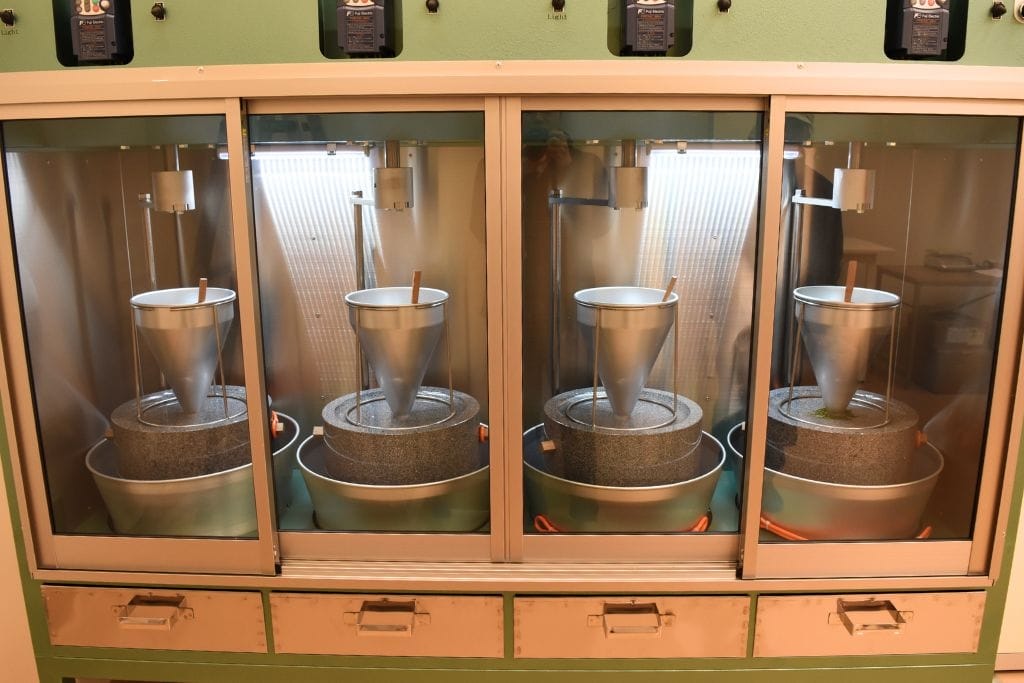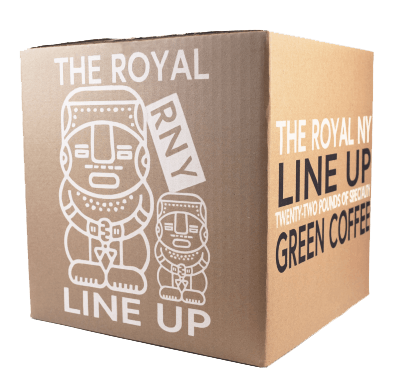No products in the cart.
Tea
What is matcha tea?
Over the past decade, matcha has continued to rise in popularity with no signs of stopping. Whether you own a café or tea house, it’s clear that no modern menu is complete without matcha! If you offer matcha, it’s important to treat it like anything else: you have to understand your product. In this guide, Caitlin Normann breaks down everything you need to know about matcha tea and what separates it from the rest.

Matcha Tea 101
Matcha is a Japanese powdered green tea made from the Camellia sinensis tea plant. Growers pluck the leaves from the plant and grind them into a smooth powder. To prepare matcha for consumption, you add hot water to the powder and whisk until it reaches a velvety, clump-free consistency.

While most people describe the taste as vegetal, matcha’s flavor profile can range from tropical fruits and florals to savory, earthy, and nutty. Furthermore, the harvest time & regions where the matcha grows can also greatly affect the final cup!
What makes matcha tea special?
When you drink matcha, you consume the entire tea leaf, not just the infusion. In fact, this is said to have a number of health benefits due to matcha’s high L-Theanine content, an amino acid primarily found in tea.
Additionally, matcha is higher in caffeine than regular green tea. This makes it a great alternative to coffee for your morning pick-me-up! While coffee averages 95mg of caffeine per serving, matcha averages 60mg as it contains around 30mg of caffeine per gram.
Where is matcha grown?
As mentioned earlier, matcha is grown in various regions of Japan. Some of the most well-known producing regions are Uji, Kagoshima, Shizouka, and Aichi. Terroir actually plays a large role in matcha production as different cupping notes hail from different regions. Moreover, specific cultivars can alter the final product. Some commonly seen cultivars in matcha production are Yabukita, Okumidori, Samidori Gokou, and Saeakari.

How is matcha tea made?
Matcha is made from shade-grown tea leaves called tencha. The tea plants are shielded from direct sunlight and picked by either hand or machine. Then, the leaves are heat-steamed, a step known as “kill green.” This stops oxidization and solidifies the matcha’s final flavor before the leaves are laid out to dry.
After the leaves are cleaned and the veins and stems discarded, they are ground into a fine powder. The most traditional method of this is stone-milling, and it involves pulverizing the leaves with an intentional slowness so the friction doesn’t produce an abundance of heat. Otherwise, heat can ruin both the color and flavor of the matcha. As this method only produces about 40g of matcha per hour, it is quite a labor-intensive process!
Another method is bead-milling, where the tencha is smashed by small ceramic balls as cold water flows around the outside of the machine to prevent overheating. This method can produce matcha at a rate of 10-16kg per hour, making it much faster than stone-milling. Bead-milled particles are also slightly larger, which can lead to less clumping. All in all, both methods can produce an exquisite final result.
Why is regular/culinary matcha different from ceremonial matcha?

Simply put, ceremonial matcha is matcha that is suitable for a traditional tea ceremony. Matcha prepared this way is known as “koicha,” or “thick tea.” It’s made by whisking a higher concentration of matcha into water, creating an intense drink.
Truthfully, there are no standardized systems or regulations used to grade matcha. In truth, they do not categorize matcha this way in Japan. It ultimately comes down to personal preference and intended use. “Good” matcha is fairly subjective, but here are loose guidelines to keep in mind when purchasing this style of tea:
- Color – You want your matcha to be a bright and vibrant green. Color is a good indicator of freshness and quality.
- Harvest – Premium matcha is made from 1st flush leaves, a short window in the springtime when the plant must be picked. 1st flush matcha is generally sweeter, contains more L-Theanine, and tastes less astringent.
- Texture – Matcha powder should be quite smooth and never grainy or coarse. This makes for easy whisking and easy drinking!
What kinds of matcha tea does RNY offer?
At Royal New York, we currently offer three varieties of matcha. Check them out, order a sample, and let us know if you have any questions!
Matcha

Shop Matcha – RNY # SKU1012
Our standard matcha is great for drinking on its own or for other everyday applications, such as lattes, baking, or adding to smoothies.
Ceremonial Matcha

Shop Ceremonial Matcha – RNY # SKU1612
A step up from our regular matcha, this offering can do it all! While some of our customers prefer to add it to lattes for a creamy & more premium taste, it can also be used for koicha.
Organic Matcha Kakitsubata

Shop Organic Matcha Kakitsubata – RNY # SKU2329
Last, but certainly not least, is our Organic Matcha Kakitsubata. This matcha is beautifully produced and comes to us from the Shizouka Prefecture of Japan. With about only 2,000kg produced in 2023, be sure to give this limited offering a try! For more information on this stellar matcha, read our blog post all about sourcing this matcha and working with our friends at Osada Seicha.



